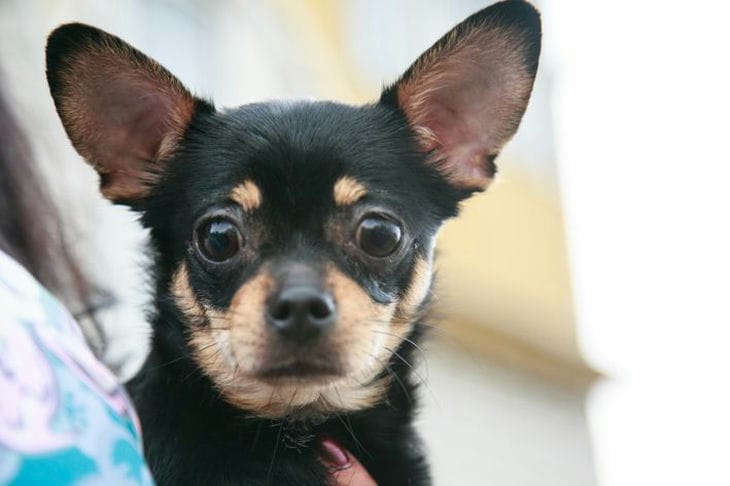Why You Shouldn't Feed Your Dog Table Food: Understanding the Consequences
Many dog owners are tempted to share a piece of food from their table with their pet.
After all, devoted eyes and a pitiful look are so hard to ignore!
However, it is important to understand that such a seemingly harmless habit can have serious consequences for the health of your four-legged friend.
Digestive problems in dogs
The dog's body is different from the human's, and what seems tasty and healthy to us can cause digestive upset in your pet.
Fatty, fried, spicy or sweet foods are difficult for dogs to digest, leading to diarrhea, vomiting, flatulence and other unpleasant symptoms.

Moreover, some foods that are harmless to humans are toxic to dogs. For example, chocolate, grapes, onions, and garlic can cause serious poisoning and in some cases even lead to death.
Risk of developing obesity
Table food is usually high in calories and unbalanced in nutritional composition.
Regularly treating your pet with such "goodies" will inevitably lead to excess weight gain, and later to obesity.
This disease, in turn, is a risk factor for the development of many other problems, including diabetes, joint diseases, cardiovascular diseases and even cancer.
Formation of bad eating habits
By allowing your dog to eat from the table, you are creating bad eating habits.
The pet quickly gets used to "human" food and begins to refuse its food, beg for food at the table, steal from the table or even pick up scraps on the street. This can lead to an imbalance in nutrition, a deficiency of essential substances and behavioral problems.
Allergies and food intolerances
Many foods we eat can cause allergic reactions or food intolerances in dogs.
Symptoms can vary widely, from itching and hair loss to vomiting and diarrhea. Identifying the allergen can be difficult, so it’s best to eliminate potentially dangerous foods from your pet’s diet.
Behavioural problems
Feeding your dog from the table can lead to unwanted behavior. A pet accustomed to receiving treats may start begging for food, barking, whining, or even showing aggression. This disrupts the harmony in the relationship between the dog and the owner and creates problems in everyday life.
An alternative to "goodies" from the table
There are many ways to please your pet without resorting to table food. Use special dog treats that are designed with their needs in mind and will not harm their health.
You can also pamper your four-legged friend with toys, games, or simply give him more attention and affection.
How to stop a dog from eating from the table
1. Be consistent. Don't give in to persuasion and pitiful looks, even if it is very difficult.
2. Don't feed your dog during your mealtime. Give it attention at other times.
3. Teach your dog the "no" command. This will help him understand that begging for food is unacceptable behavior.
4. Offer your dog an alternative. Give him a toy or a special treat.
5. Keep food out of reach. Do not leave food on the table or on low shelves.
We previously talked about dogs' attitudes towards hugs .
